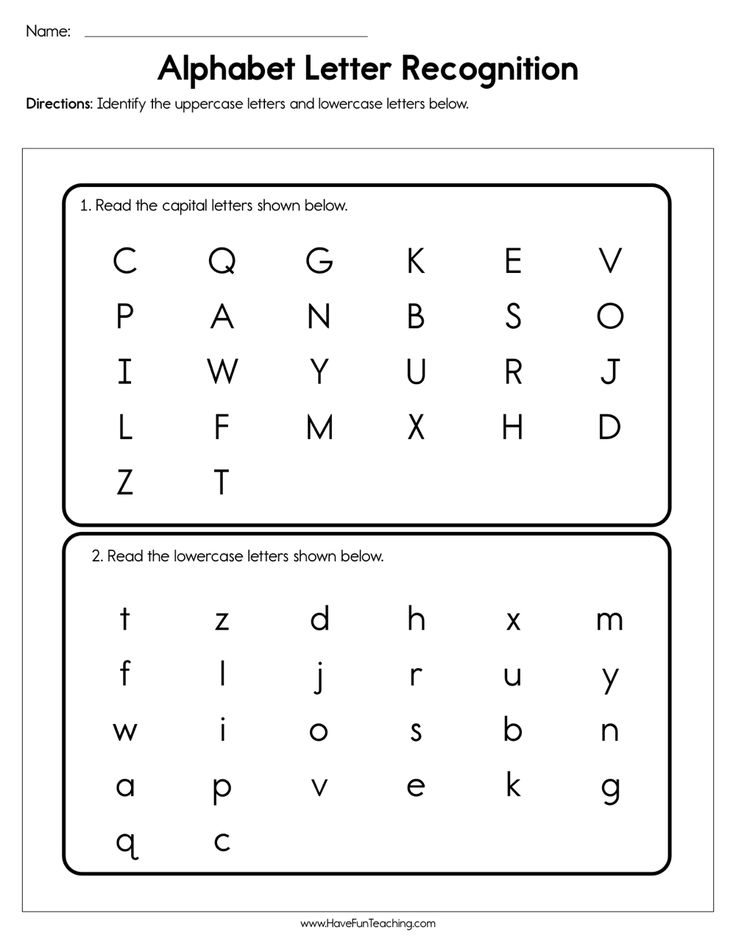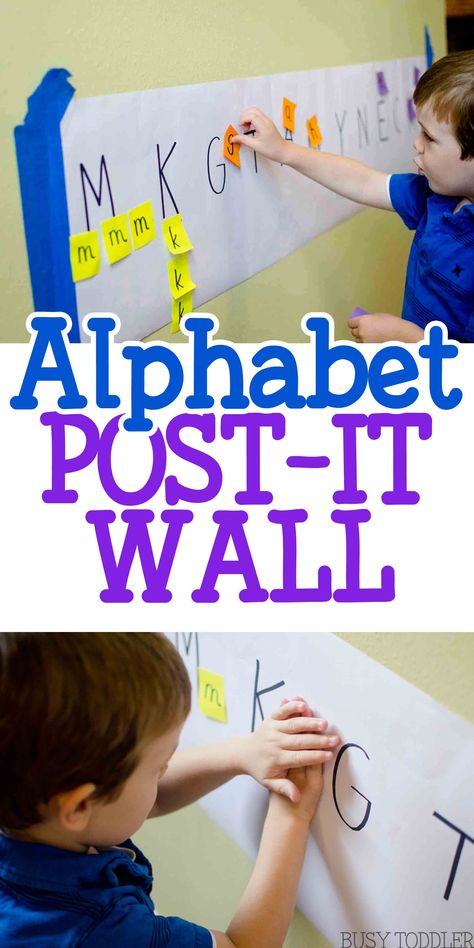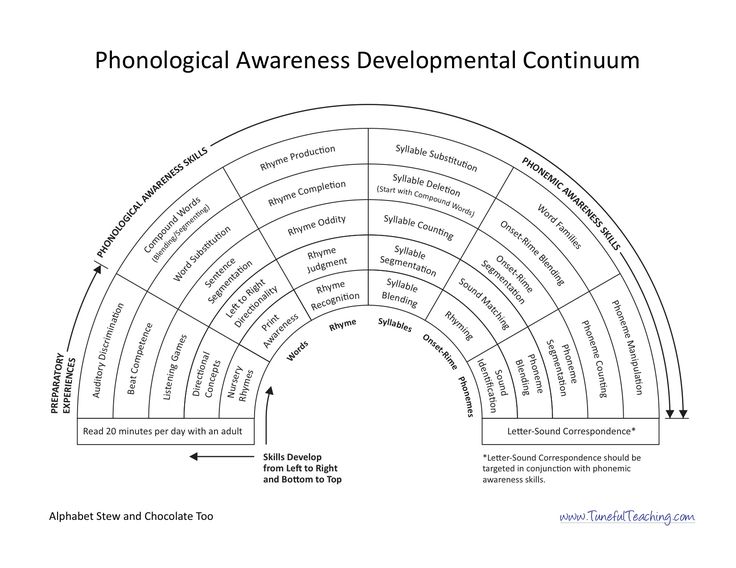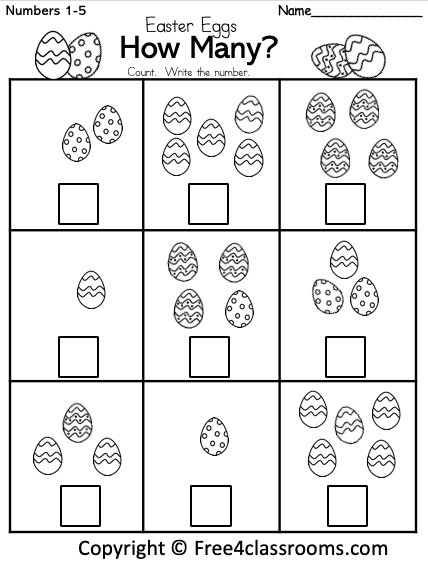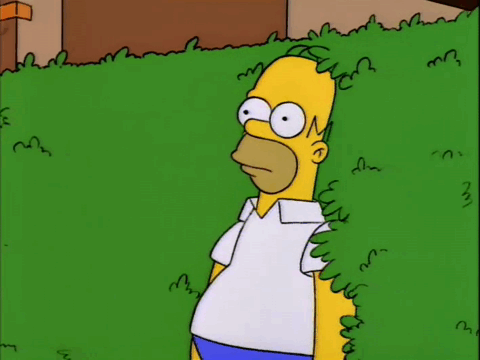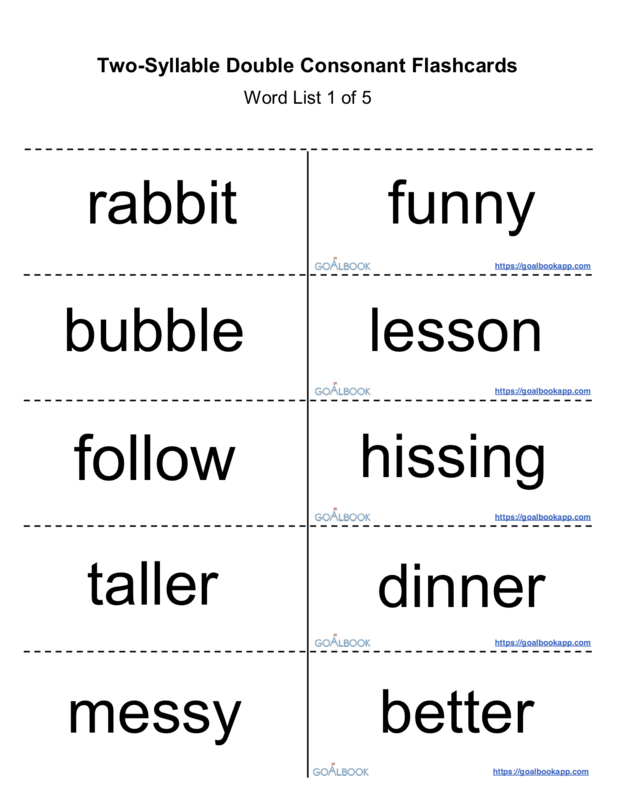Uppercase alphabet letters
What Are Lowercase, Uppercase Letters?
Lowercase letter definition: Lowercase letters are all other letters not in uppercase.
Uppercase letter definition: Uppercase letters are letters that represent the beginning of a sentence or a proper noun.
What are Lowercase Letters?
In writing, most letters are lowercase. Lowercase letters are all letters that do not begin a sentence or refer to a proper noun.
English alphabet lowercase letters: a b c d e f g h i j k l m n o p q r s t u v w x y z.
Examples of Lowercase Letters:
- word
- The word above uses only lowercase letters.
- The sentence above has lowercase letters after the first letter of the sentence.
- This sentence and the one directly above have all lowercase letters except for the “T.”
What are Uppercase Letters?
Uppercase letters are also known as capital letters. Uppercase letters signal to the reader that something is important or significant.
English alphabet uppercase letters: A B C D E F G H I J K L M N O P Q R S T U V W X Y Z.
Examples of Uppercase Letters:
- Jones
- This is a proper name, so the first letter of the title and the last name are capitalized
- Main Street
- This is a proper noun so the first letter of each word is capitalized
When to Use Uppercase Letters
In English, the first letter of every sentence is capitalized. The uppercase letter signals to the reader that a new sentence is beginning.
Other uses of uppercase letters are detailed below.
TitlesAll titles are considered proper nouns and require capitalization.
Examples:
- Miss Mabry
- Incorrect: miss mabry
- Mathers
- Incorrect: mr. mathers
- Madam Lockfield
- Incorrect: madam lockfield
- Lady Grace
- Incorrect: lady grace
- Janks
- Incorect: mrs.
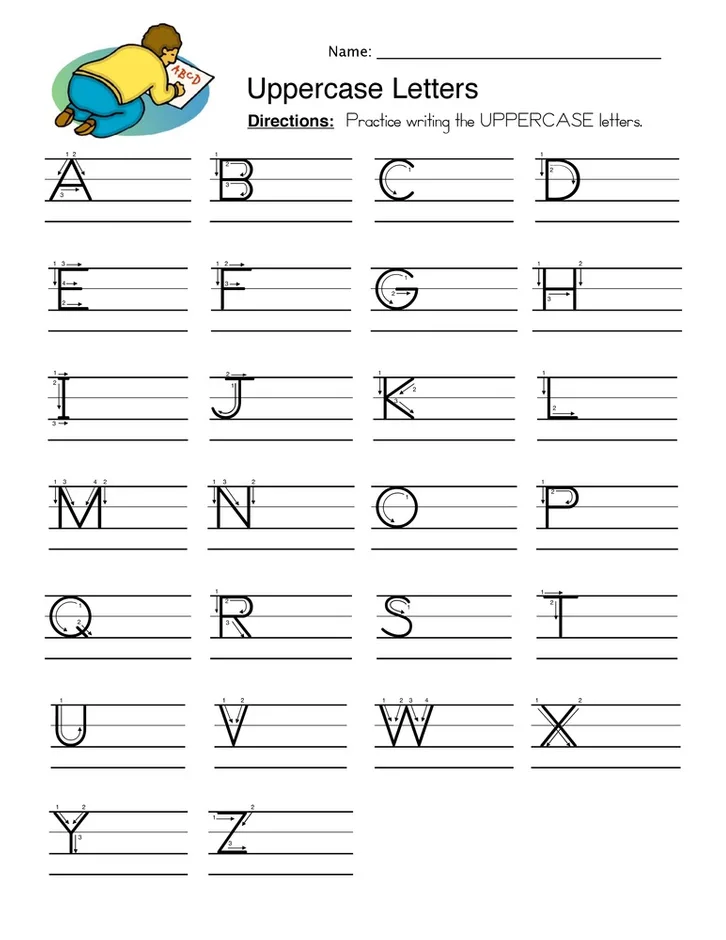 janks
janks
- Incorect: mrs.
Acronyms are a type of abbreviation. Acronyms are words formed from other letters to make a new word. However, they require capital letters to signal to the reader that those letters stand for something and are not a word alone.
Examples:
- NATO
- North Atlantic Treaty Organization
- UNICEF
- United Nations International Children’s Emergency Fund
- SCUBA
- Self-contained underwater breathing apparatus
All proper nouns need to be capitalized.
Examples:
- We visited the Bowers Museum on Saturday.
- Incorrect: We visited the bowers museum on Saturday.
- I would like to tour the Eiffel Tower.
- Incorrect: I would like to tour the eiffel tower.
- Their names are Jake and Suzy.
- Incorrect: Their names are jake and suzy.

- Incorrect: Their names are jake and suzy.
When to Use Lowercase Letters
Use lowercase letters for all letters other than the first in a sentence, provided that there is no required use for uppercase letters in the sentence.
Examples:
- Every word in this sentence other than the first word is written in lowercase.
- The only words in this sentence that require uppercase letters are the proper nouns, London and Paris.
All nouns that are not proper nouns are called common nouns. All common nouns use lowercase letters (unless a common noun begins a sentence).
Examples:
- tree
- dog
- bird
- water
- air
- star
- street
- girl
- baby
Summary
Define lowercase letters: lowercase letters are those letters used for common nouns and internal words.
Define uppercase letters:
uppercase letters (also called capital letters) are those letters that signify the beginning of a sentence or a proper noun.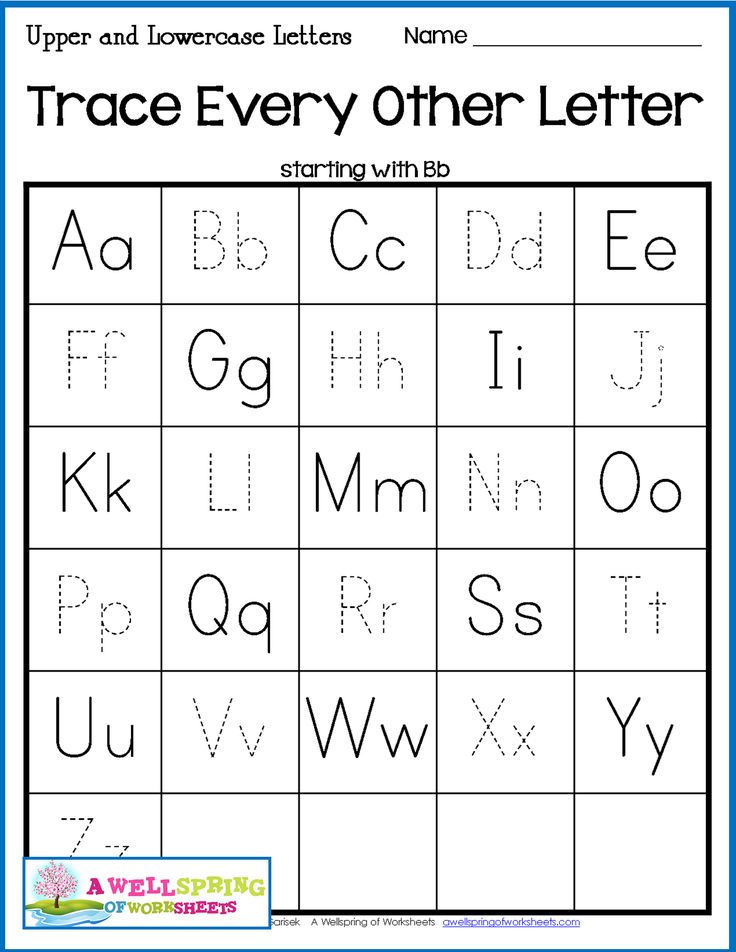
In summary,
- Uppercase and lowercase letters refer to all letters used to compose the English language.
- Uppercase letters are used to begin sentences and are also used for proper nouns.
- Lowercase letters are all letters that do not begin sentences.
Contents
- 1 What are Lowercase Letters?
- 2 What are Uppercase Letters?
- 3 When to Use Uppercase Letters
- 3.1 Titles
- 3.2 Acronyms
- 3.3 All Proper Nouns
- 4 When to Use Lowercase Letters
- 5 Summary
English Alphabet - Worldometer
- W
- Languages
- English Alphabet
The English alphabet consists of 26 letters. Each letter has an uppercase ("capital letter") and a lowercase ("small letter") form.
| # | Capital Letter | Small Letter | Phonic (pronunciation) | Name |
|---|---|---|---|---|
| 1 | A | a | /eɪ/, /æ/ | a |
| 2 | B | b | /biː/ | bee |
| 3 | C | c | /siː/ | cee |
| 4 | D | d | /diː/ | dee |
| 5 | E | e | /iː/ | e |
| 6 | F | f | /ɛf/ | ef |
| 7 | G | g | /dʒiː/ | gee |
| 8 | H | h | /(h)eɪtʃ/ | (h)aitch |
| 9 | I | i | /aɪ/ | i |
| 10 | J | j | /dʒeɪ/ | jay |
| 11 | K | k | /keɪ/ | kay |
| 12 | L | l | /ɛl/ | el |
| 13 | M | m | /ɛm/ | em |
| 14 | N | n | /ɛn/ | en |
| 15 | O | o | /oʊ/ | o |
| 16 | P | p | /piː/ | pee |
| 17 | Q | q | /kjuː/ | cue |
| 18 | R | r | /ɑːr/ | ar |
| 19 | S | s | /ɛs/ | ess |
| 20 | T | t | /tiː/ | tee |
| 21 | U | u | /juː/ | u |
| 22 | V | v | /viː/ | vee |
| 23 | W | w | /ˈdʌbəl. juː/ juː/ | double-u |
| 24 | X | x | /ɛks/ | ex |
| 25 | Y | y | /waɪ/ | wy |
| 26 | Z | z | /zi/zɛd/ | zee/zed |
Notes
- Five of the letters in the English Alphabet are vowels: A, E, I, O, U.
- The remaining 21 letters are consonants: B, C, D, F, G, H, J, K, L, M, N, P, Q, R, S, T, V, X, Z, and usually W and Y.
Written English includes the digraphs: ch ci ck gh ng ph qu rh sc sh th ti wh wr zh. These are not considered separate letters of the alphabet. - Two letters, “A” and “I,” also constitute words.
- Until fairly recently (until 1835), the 27th letter of the alphabet (right after "z") was the ampersand (&).
- The English Alphabet is based on the Latin script, which is the basic set of letters common to the various alphabets originating from the classical Latin alphabet.
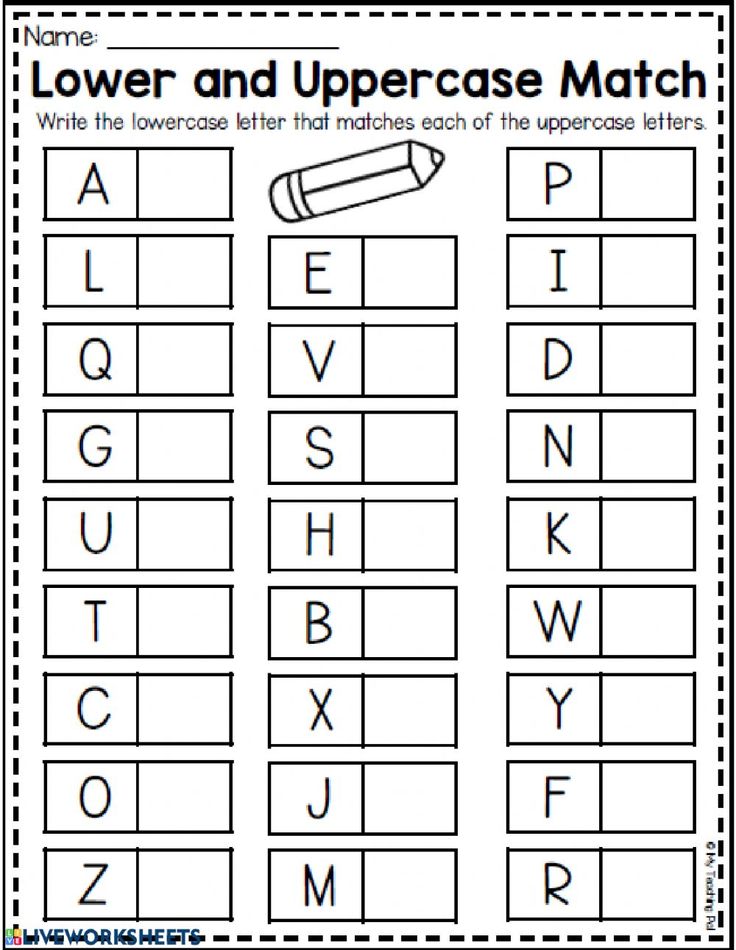
Old English
- The Old English alphabet letters were 29: A B C D E F G H I K L M N O P Q R S T V X Y Z & ⁊ Ƿ Þ Ð Æ
- The Old English alphabet was recorded in the year 1011 by a monk named Byrhtferð and included the 24 letters of the Latin alphabet (including ampersand) and 5 additional English letters: Long S (ſ), Eth (Ð and ð), Thorn (þ), Wynn (ƿ) and Ash (ᚫ; later Æ and æ).
- With respect to Modern English, Old English did not include J, U, and W.
See Also:
- NATO Phonetic Alphabet
Russian alphabet. Russian letters: vowels and consonants
- Sounds and letters
- Alphabet
- Russian letters
- Block and capital letters
Sounds and letters
Speech sounds are indicated by letters in writing. We hear and pronounce sounds, but we see and write letters.
The letter is a written sign that denotes a certain sound. The same letter can represent different sounds.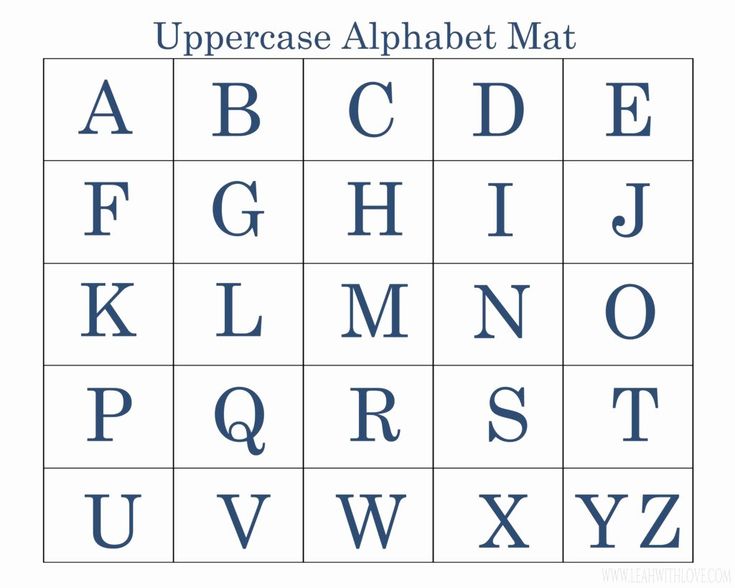 For example, the letter G in the word around denotes the sound [g], and in the word circle the sound [k].
For example, the letter G in the word around denotes the sound [g], and in the word circle the sound [k].
Alphabet
Russian alphabet or А ́ zbuka - these are all the letters of the Russian language, located in a strictly defined sequence, called alphabetical order . Each letter has a unique style that distinguishes it from other letters.
| AA (A) 1 | BB (BE) 2 | BB (VE) 3 | GG 4 | DD (DE) (DE) (DE) 5 |
| Her (E) 6 | Yuo (E) 7 | LJ (ZhE) 8 | ZZ (ZE) 9 | 9004 |
| Yy (and short)11 | KK (KA) 12 | LL (El) 13 | mm (EM) 14 | NN (EN) 15 |
| OO (O) 16 | PP (PE) 17 | pp | SS (ES) 19 | 9004 TT 9004 (tex) 20 |
| Yy (y)21 | Ff (ef)22 | Xx (ha)23 | CC (ce)24 | Hh (che)25 |
| SSh (Sha) 26 | Shchesh (SCHA) 27 | KO (solid sign) 28 | (s) 29 | sign)30 |
| Ue (e)31 | Yuyu (u)32 | Yaya (I)33 | ||
Letters of the Russian language
Letters are large (capital, uppercase) : L, M, T - and small (lowercase) : l, m, t .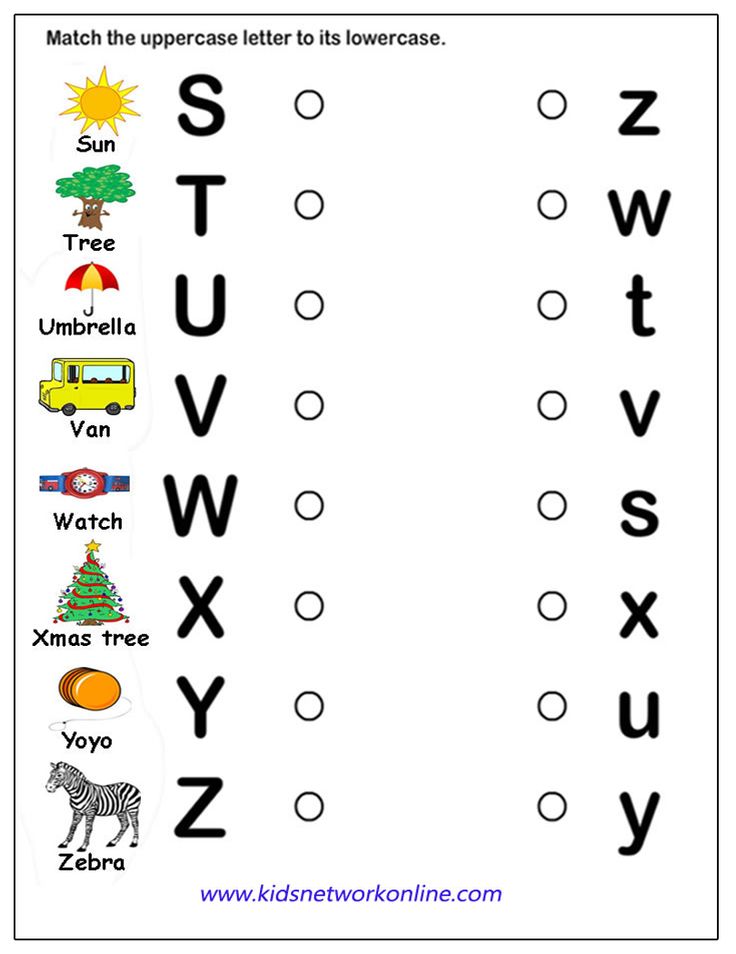 Each letter has its own serial number , indicating which number this letter is located in alphabetical order, for example: A - 1, P - 18, I - 33. Each letter has its own unique name : G -
Each letter has its own serial number , indicating which number this letter is located in alphabetical order, for example: A - 1, P - 18, I - 33. Each letter has its own unique name : G - GE
, Y - and short
, - soft sign
.
In Russian 33 letters , of which 10 vowels:
21 consonants:
b, c, d, e, f, h, d, k, l, m, n , w, w ;
and two digits:
b, b .
Block and capital letters
Each letter has two styles: block and block . Printed letters are used in books, websites and so on. Capital letters are written by hand, that is, they are handwritten.
A a, D d, M m - block letters .
A a, D d, M m - capital letters .
The division of letters into printed and uppercase is rather conditional, since on the one hand there are fonts that imitate capitalization, on the other hand, there are people who find it more convenient to write in block letters, rather than display capital letters.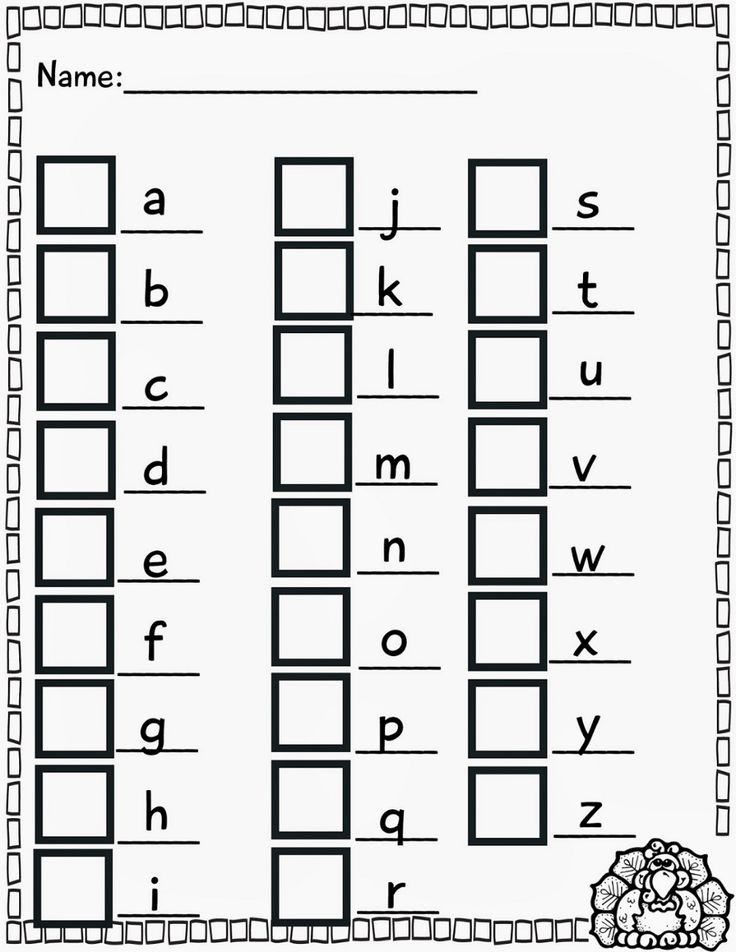 nine0015
nine0015
Concepts of "capital", "capital" and "lowercase" letters
Concepts of "capital", "capital" and "lowercase" lettersRUSSIAN COURSES
RUSSIAN TEACHING COURSES
+7 495 761 9885
Where to look for RFL students?
Tips for Beginning RFL Teachers
x
Go to all entries
June 8, 2018
Question:
In the old textbooks that we used to study, there is the concept of "capital" letter and "capital". Accordingly, large and small, but according to all electronic sources, uppercase is capital, and small letters are called lowercase. Help me to understand!
Answer:
At the moment, the concept of uppercase letters has two meanings:
- The uppercase letter is a printed sample of a letter for handwriting, mainly used in copybooks - a special notebook for elementary school students. nine0015
- Same as capital letters.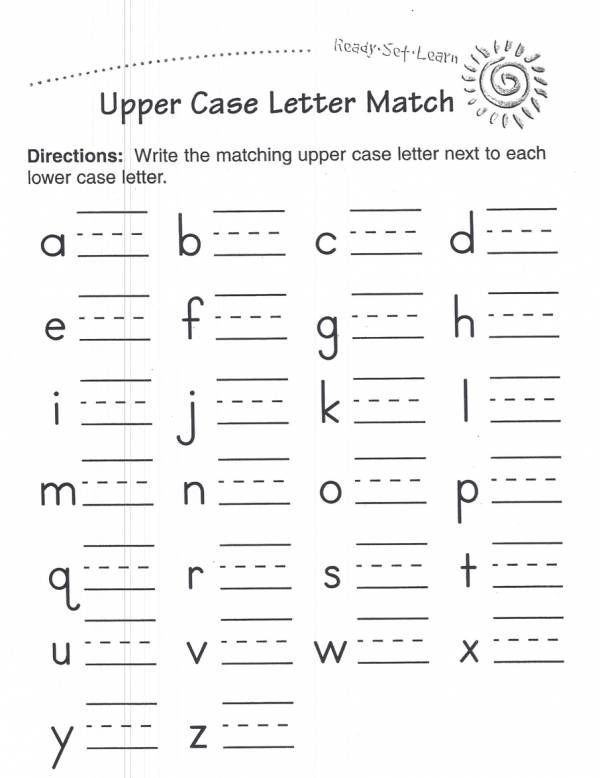
Lowercase letters are letters that are smaller than uppercase letters. Uppercase or lowercase letters are letters that are enlarged in size relative to lowercase letters. Often they have a different grapheme.
At first, the spelling of all letters was the same. Then capital letters appeared (in Russian they were called initial letters). It was the first letter of a book or a large section of it. It was made very large and beautifully decorated - sometimes a miniature for a whole page. Sometimes it was the first whole word, and so on. Gradually, the initial letters themselves decreased in size, but were used not only to open a book (a book in the biblical sense, where fifty “books” are included in one volume), but also sections and chapters. At that time, there were no formalized sentences in Russian (and other) languages - they wrote the so-called periods. The period, close in size to the modern paragraph, also began to be written with a capital letter (but not so luxurious).